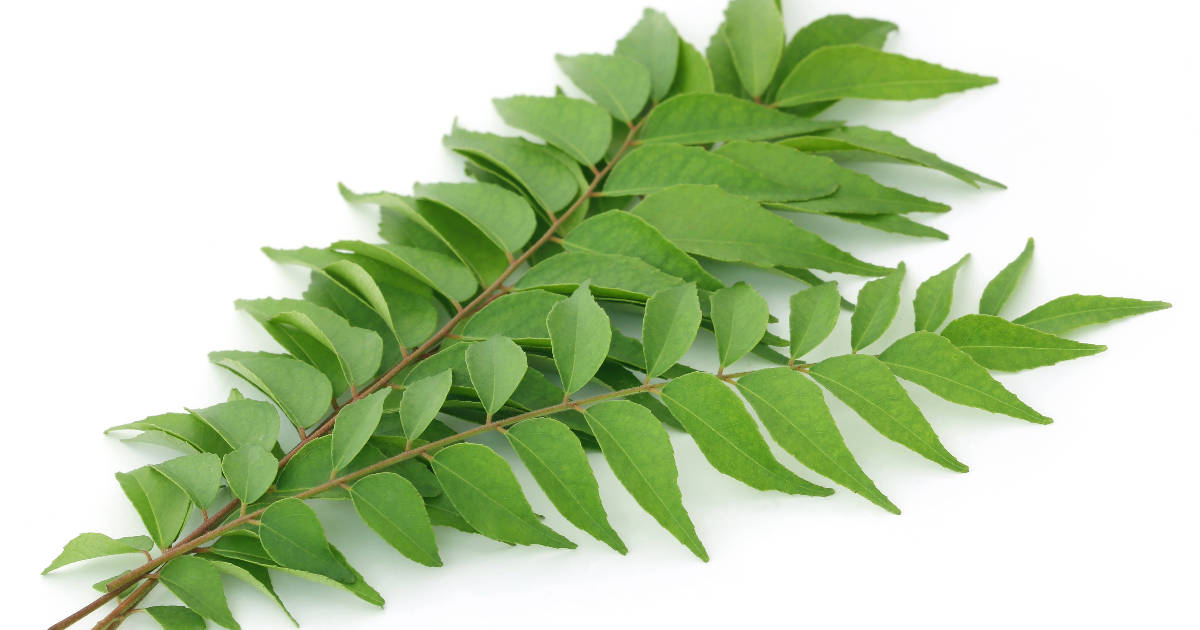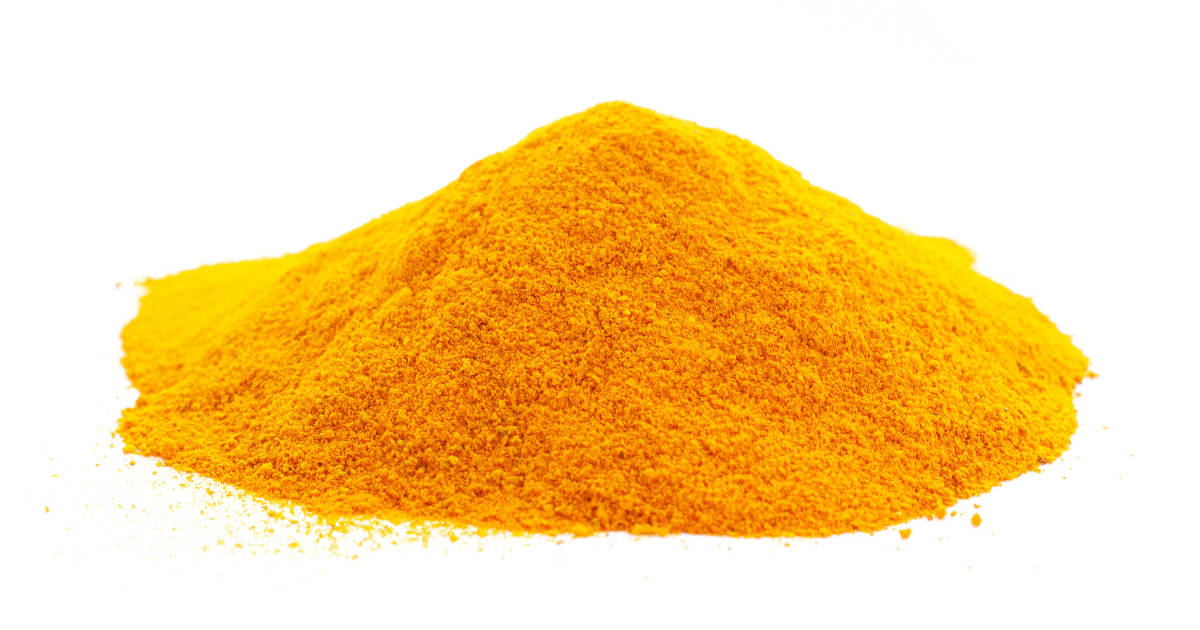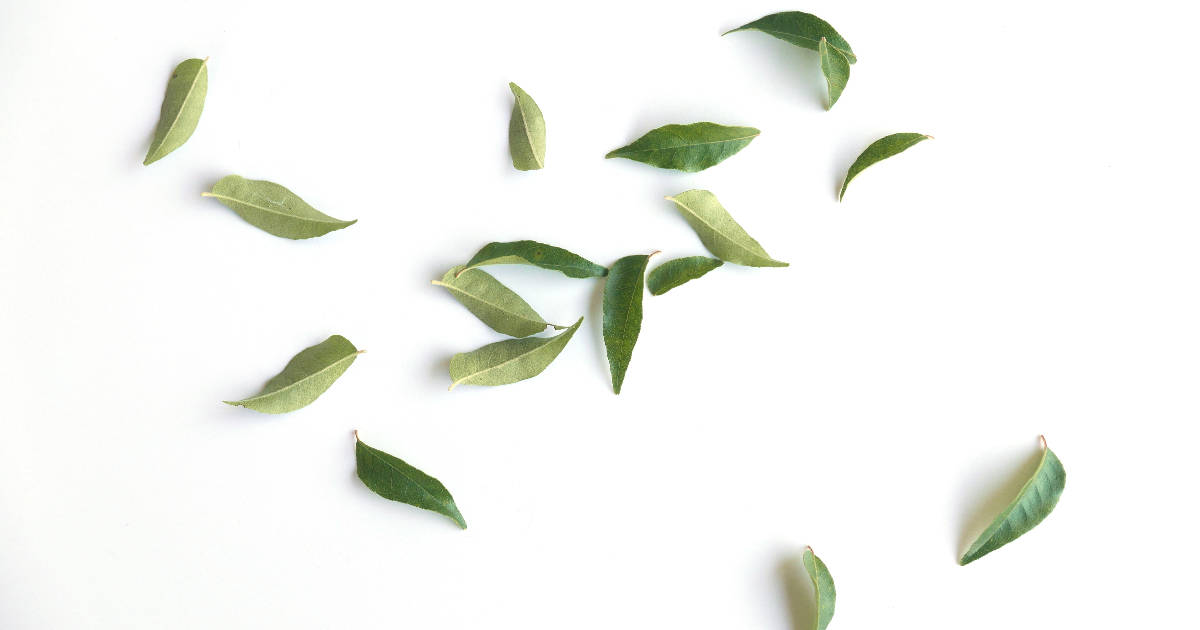Curry powder and curry leaves are two common ingredients used in Indian and South Asian cuisine that often get confused as being the same thing. However, they are completely different ingredients with distinct origins, flavors, and uses in cooking.

we’ll take an in-depth look at understanding the differences between curry powder and curry leaves, their flavor profiles, origins, health benefits, where to buy them, how to store them, and how to use them in recipes.
What is Curry Powder?

Curry powder is a spice blend made up of a variety of ground spices that delivers a warm, robust, and balanced flavor. The exact combination of spices varies between brands and regions, but some commonly used spices in curry powder include:
- Turmeric - Provides a vibrant yellow-orange color and earthy, pungent flavor.
- Coriander - Delivers citrusy, floral notes.
- Cumin - Imparts an earthy and nutty flavor.
- Fenugreek - Adds a maple-like sweetness.
- Chili Powder - Brings heat and smokiness.
Other spices like cinnamon, clove, cardamom, fennel, mustard seeds, and black pepper may also be added. Curry powder can range from mildly spiced to very hot and pungent depending on the amount and type of chili powder used.
Curry powder was created by the British during the colonial era in India as an attempt to replicate Indian flavors with fewer spices. Traditional Indian cooking does not rely on premixed spices but rather makes fresh spice blends for each dish.
What are Curry Leaves?

Curry leaves come from the curry leaf plant, which has the botanical name Murraya koenigii. The curry leaf plant is native to India and Sri Lanka.
Curry leaves are highly aromatic leaves used to flavor foods, imparting a citrusy and slightly bitter, earthy flavor. They look like small, shiny green teardrops or spear-shaped leaves.
Curry leaves are used fresh or dried in South Indian and Sri Lankan cuisines. They are commonly fried in oil or ghee to release their essential oils and infuse dishes with their flavor. Curry leaves are often used in curries, dals, rice dishes, chutneys, and vegetable dishes.
Comparing Flavor Profiles
The flavors of curry powder versus curry leaves are completely different:
- Curry powder has a blended flavor of multiple dried ground spices that gives it a warm, robust, mildly spicy taste.
- Curry leaves have an individual flavor that is citrusy, earthy, subtly bitter, and pungent.
While curry powder imparts an overall flavor profile, curry leaves give a dish a unique aromatic essence.
Origins and History
Curry powder and curry leaves also have distinct histories:
- Curry powder was invented by British colonizers in India as a way to replicate complex Indian spice blends with a single pre-mixed powder.
- Curry leaves come from the curry leaf plant native to India and Sri Lanka and have been used in South Asian cooking for thousands of years.
Curry powder does not traditionally contain curry leaves and was invented much later than the use of curry leaves in Indian cuisine.
Health Benefits
Both curry powder and curry leaves have beneficial nutrients and compounds:
- Curry powder contains healing spices like turmeric, which provides curcumin with powerful anti-inflammatory and antioxidant properties.
- Curry leaves are high in vitamins, minerals, and antioxidants like vitamin C, calcium, beta-carotene, and more that can boost health.
- Curry leaves are used in Ayurvedic medicine and are believed to help treat diabetes, high cholesterol, digestive issues, and more.
Where to Buy
Curry powder and curry leaves can both be found at:
- Indian grocery stores
- Asian supermarkets
- Some mainstream supermarkets
Look for fresh, vibrant curry leaves still on the stem. Dried curry leaves are also available.
There are many brands of curry powder to choose from in mild to spicy heat levels. You can also buy individual spices to make your own.
How to Store
To retain the freshness and flavor of curry leaves:
- Refrigerate for up to 2 weeks by wrapping in paper towels and then sealing in a ziplock bag.
- Freeze leaves for up to 3 months in an airtight freezer bag.
- Air dry leaves then store in an airtight container for up to 1 year.
Curry powder will last up to 6 months stored in an airtight container in a cool, dry place away from light.
How to Use
There are several ways to use both curry powder and curry leaves when cooking:
Curry Powder Uses
- Add directly to meat, vegetable, or legume curries.
- Season chicken, fish, or veggie bakes or air fries.
- Mix into rice, quinoa, or couscous dishes.
- Make rubs and marinades for proteins.
- Bring flavor to soups, stews, or chilies.
Curry Leaves Uses
- Fry leaves in oil at the start of cooking to infuse dishes.
- Use leaves in lentil or bean tempering (tadka).
- Add to rice or biryani dishes.
- Make chutneys, coconut-based curries or sambar.
- Use dried leaves in masala spice blends.
FAQ
Are curry powder and curry leaves the same thing?
No, curry powder is a spice blend while curry leaves are an herb from a plant. They have very different flavors.
Can you substitute one for the other?
It's not recommended as their flavors are unique. Omit or find a replacement suited to the dish.
Does curry powder contain curry leaves?
Traditional curry powder does not contain curry leaves. Some brands may add them, but most do not.
Which is spicier, curry powder or curry leaves?
Curry powder can range from mild to very spicy depending on the chili used. Curry leaves have a subtle pungency and are not spicy.
What's the difference between curry paste and curry powder?
Curry paste has a thicker, wetter texture with spices cooked in oil. Curry powder is a dried ground spice mix.
Conclusion
Though their names are similar, curry powder and curry leaves provide very different flavors and functions in Indian cooking. Curry powder delivers a blended spice flavor, while curry leaves offer a singular earthy, citrus aroma.
Both ingredients have unique origins, with curry powder invented by the British and curry leaves being native to southern Asia for millennia. Understanding their differences allows you to use both properly to add amazing flavor and health benefits to your dishes.

